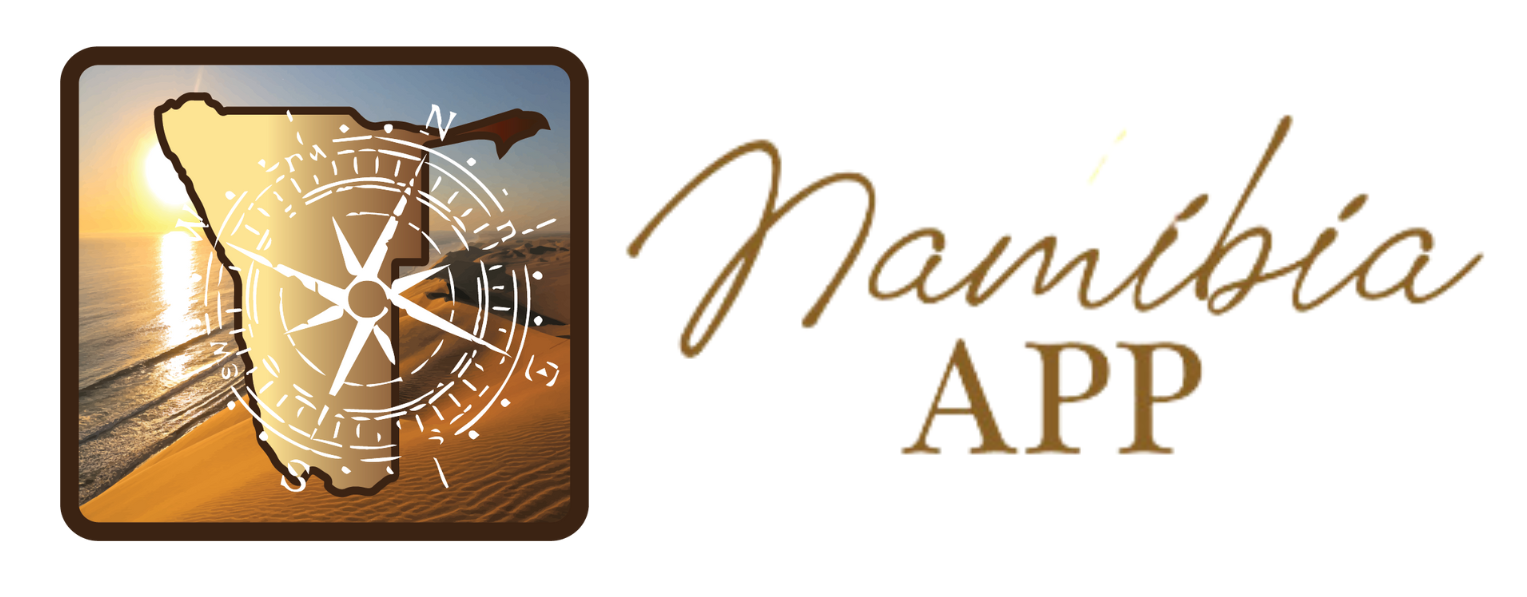Exploring Namibia's North Eastern Region
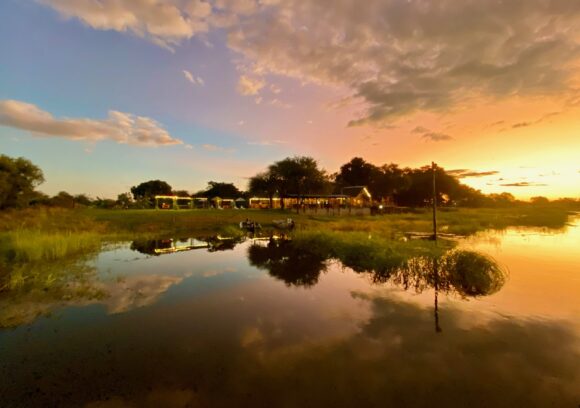
The northeastern region of Namibia stretches from the Kavango region right through to the end of the Caprivi (Zambezi) strip. This region is typically African, with scattered rural settlements, lush tropical vegetation, expansive floodplains and an abundance of birds and game.
Near Tsumkwe, the Nyae-Nyae area represents the homeland of the Bushman/San people. This area was formerly known as Eastern Bushmanland and is a little off the beaten track, thus a 4×4 vehicle is advisable.
Similarly, the Khaudum National Park, which lies further north of Tsumkwe, is also only accessible by four-wheel drive. The Baobab tree is a distinctive species found in this area, recognizable by the enormous diameter of its trunk.
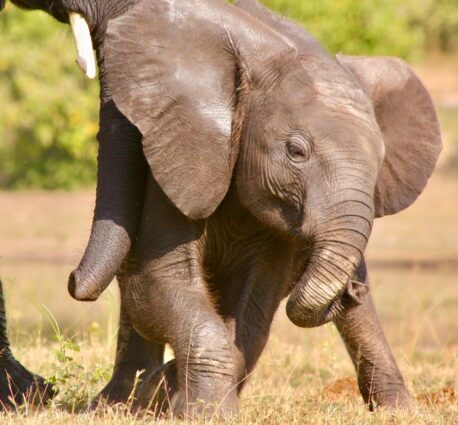
The main town of the Kavango region is Rundu which is situated on the banks of the Okavango River. This region is particularly known for its woodcarvers. This ancient craft has been handed down over generations and is a flourishing industry.
When heading further eastwards, the Caprivi Game Park extends into the Mudumu and Mamili National Parks. Herds of elephants are particularly abundant in this area and are best observed around the Chobe and Kwando rivers when they come down for their drink before sundown.
Katima Mulilo is the main town of the Caprivi region and is considered the gateway to Victoria Falls in Zimbabwe/Zambia and the Chobe National Park in Botswana.
North-East is well known for its fishing (especially the sought-after Tiger Fish), game viewing and bird watching (over 400 bird species are found in this area).
Places of Interest in the North Eastern Region:
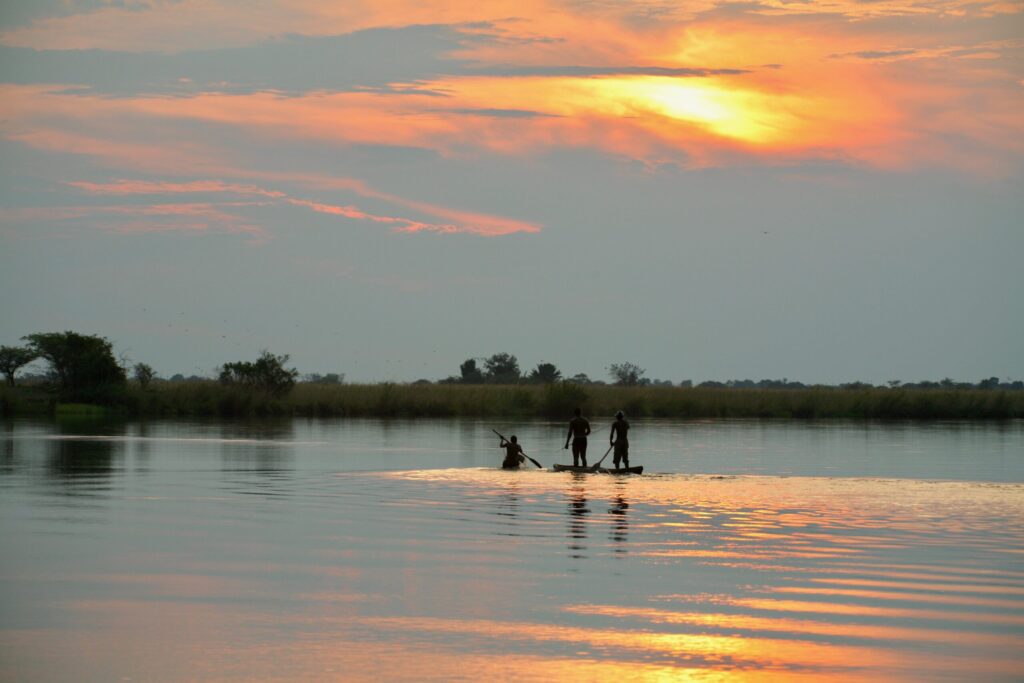
The Kavango
Named after the people who reside there, Namibia’s Kavango region is home to incredible wildlife, natural beauty and an abundance of freshwater from the Okavango River.
The Kavango region is also a popular destination for fly fishermen due to the abundance of fish, particularly Tiger fish, Bream and African pike. More than 150 species of fish have been recorded so far in the Kavango River and even if you don’t hook the big one, the river itself is enchanting and competes with all the other great African rivers.
Locals travel up and down the river on ‘mokoros’, typical dugout canoes used in the Kavango region that are made from hollowed-out tree trunks.
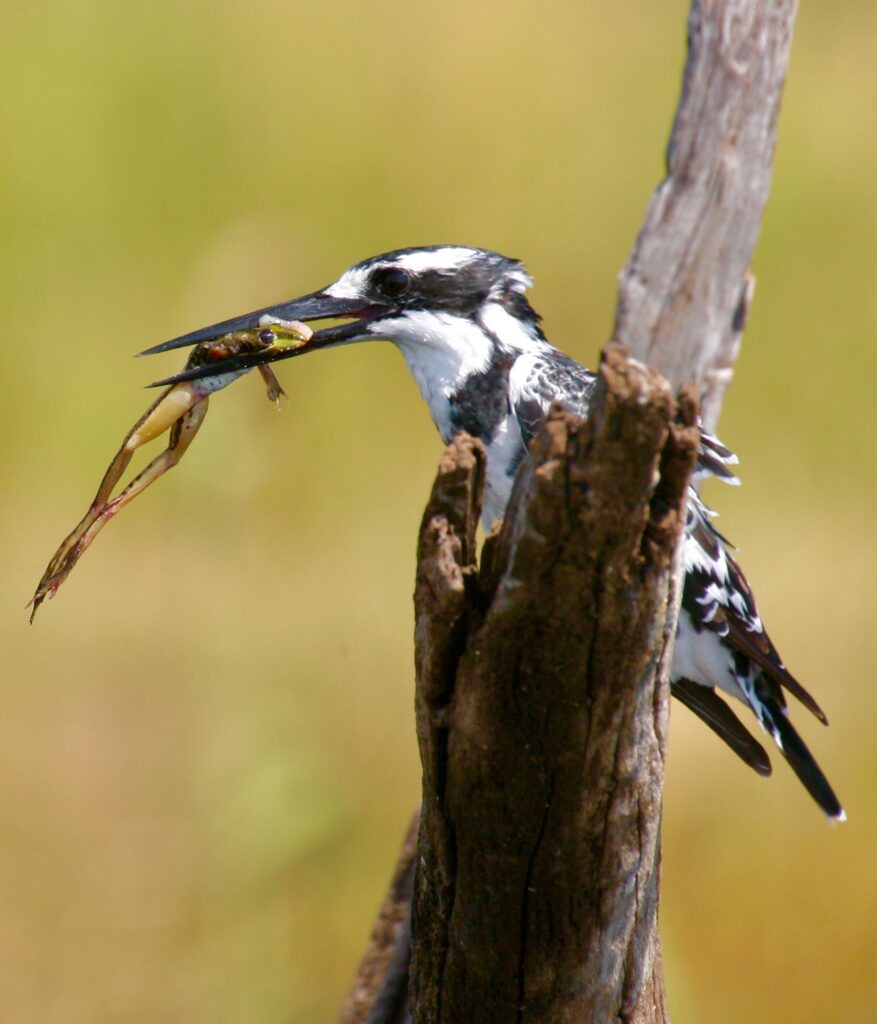
Birders will be in their element as the Kavango region is home to more than 400 species of bird, such as the rarely-sighted Souza’s Shrike, Grey-headed Parrot and Sharp-tailed Starling amongst many other species like African Skimmer and Carmine Bee-eater.
There are plenty of well-maintained lodges along the river with hides erected specifically for bird lovers to view these exquisite animals around waterholes.
Intrepid 4×4 enthusiasts can head south to the wild and unspoilt Khaudum Game Park for an experience they won’t soon forget.
The road to the park from Katare, in the north, is extremely difficult and only experienced 4×4 travellers should attempt this.
Home to some of Namibia’s most magnificent wildlife, the park is known for its predators including lion, cheetah, hyena and the elusive wild dog.
The remoteness of the park means it’s hard to reach without a 4×4 and as there are no luxury camps within the park’s confines, brave visitors will sleep in unsecured camps next to their wild African neighbours.
For the less adventurous, Mahango Game Reserve, on the border of Botswana is one of Namibia’s undiscovered gems. This pocket-sized park provides fantastic opportunities for game viewing and it is not uncommon to see over 10 different species in less than an hour. The reserve is home to a variety of wildlife including Roan, Sable and Sitatunga.
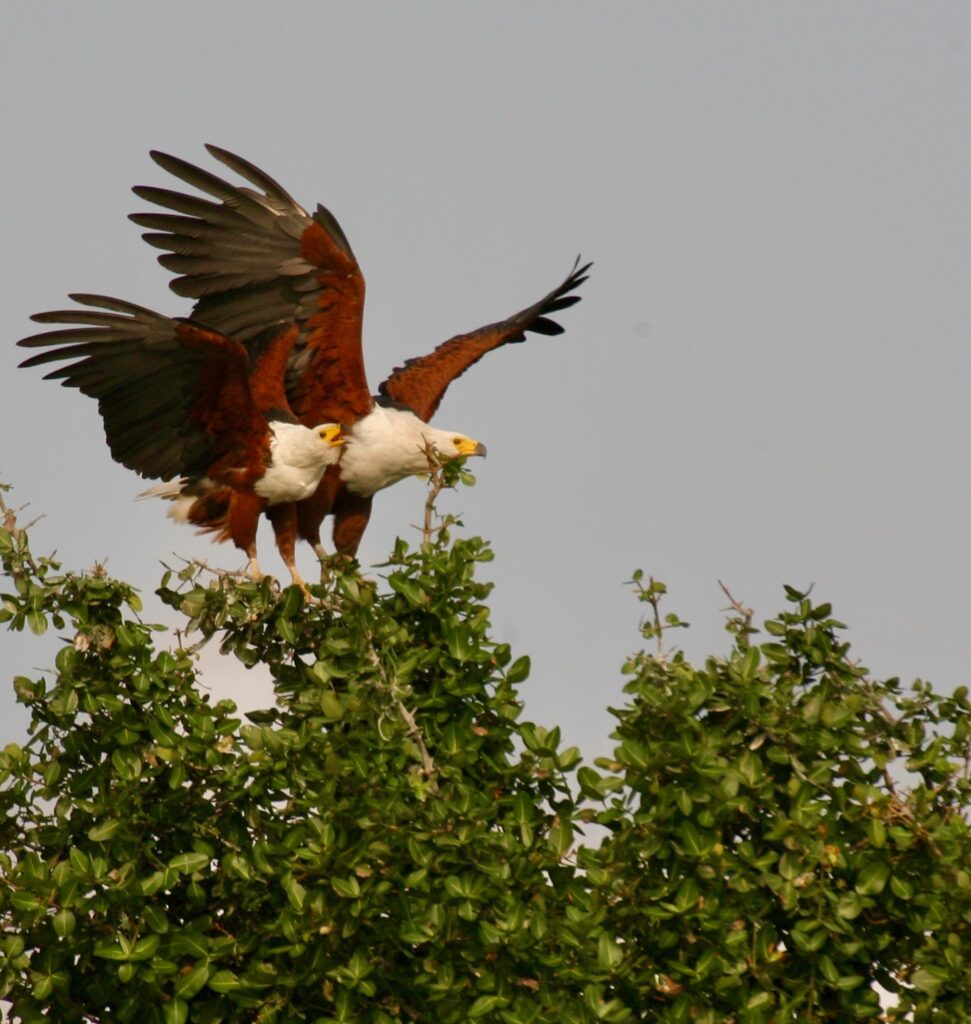
The Caprivi (Zambezi) Region
With its scattered huts and sprawling rural population, the Caprivi is closer to the idea most people have of Africa than any other part of Namibia.
It consists of a complex network of perennial rivers, riverine forests and fertile floodplains, an unusually flat area where no piece of land is more than 47 metres higher than the rest.
The region is populated by over 80,000 people, most of whom are subsistence farmers making their living on the banks of the Zambezi, Kwando, Linyanti and Chobe rivers.
In addition to fishing and hunting, they keep cattle and cultivate the land. When the Chobe and Zambezi rivers come down in flood, over half the land can become inundated with water. At this time of the year, the Caprivians use their mokoro (dug-out canoes) to traverse the routes usually utilised by cars, trucks and pedestrians.
Seen on the map, the Caprivi appears to be a strange appendage rather than part of the country, extending east-wards as a panhandle into Angola, Zambia, Zimbabwe and Botswana. It is a classic example of how colonial powers shaped the boundaries of modern Africa.
At the Berlin Conference in 1890, Germany acquired the strip of land to add to the then-German South West Africa, naming it after the German Chancellor General Count Georg Leo von Caprivi.
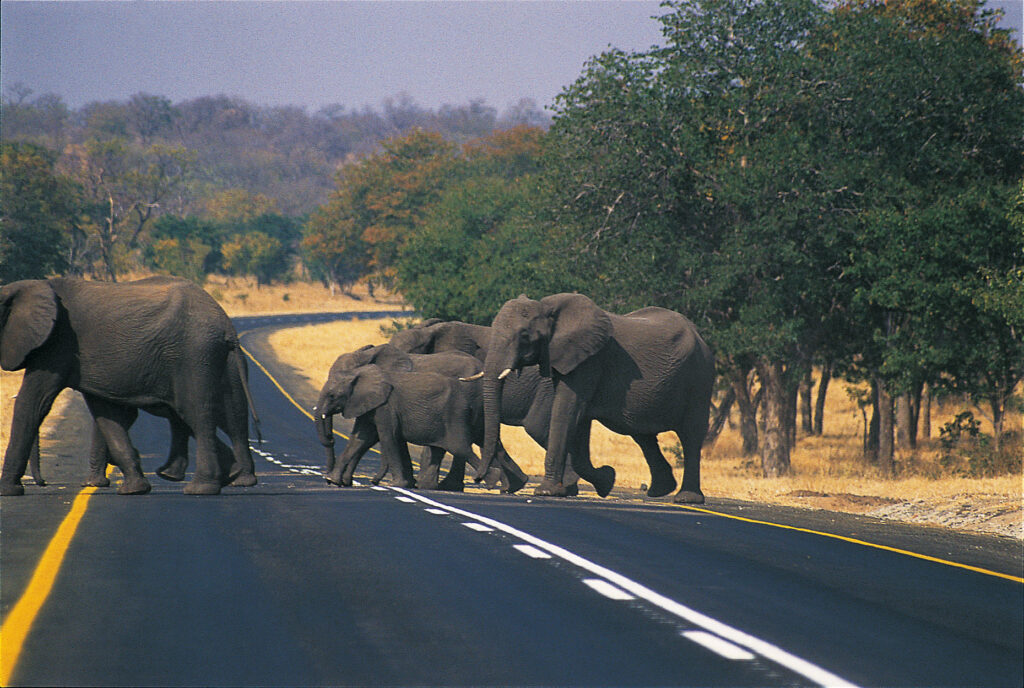
The regional centre is Katima Mulilo, which has become a busy tourist hub, as it is the gateway to Victoria Falls in Zimbabwe and the Chobe National Park in Botswana.
The proximity of Caprivi to countries with active art and craft industries has had a positive influence on Caprivian artists and craftspeople, known for the sculptural beauty and symmetry of their pots and baskets.
Caprivi is home to over 400 bird species, making it a sought-after destination for birders and bird photographers. Game abounds here, with buffalo, roan and sable antelope and large herds of elephant and red lechwe crisscrossing the floodplains.

The riverine vegetation in the backwaters hosts rare species such as reedbuck and sitatunga, as well as hippos and crocodiles.
The top tourism activities in the region are game viewing by boat, 4×4 vehicle or on foot; white-river rafting on the turbulent waters of the Zambezi; peaceful sunset river cruises on pontoons; bird-watching by boat, vehicle or on foot; and fishing, the top challenge being the sought-after tiger fish.
At the Lizauli Traditional Village a programme of traditional music and dance, complete with witchdoctor, gives visitors an insight into Caprivian culture.
A wide variety of accommodation options ranging from luxury lodges on riverbanks and islands to basic camping sites, makes the Caprivi a destination that suits many different pockets.
